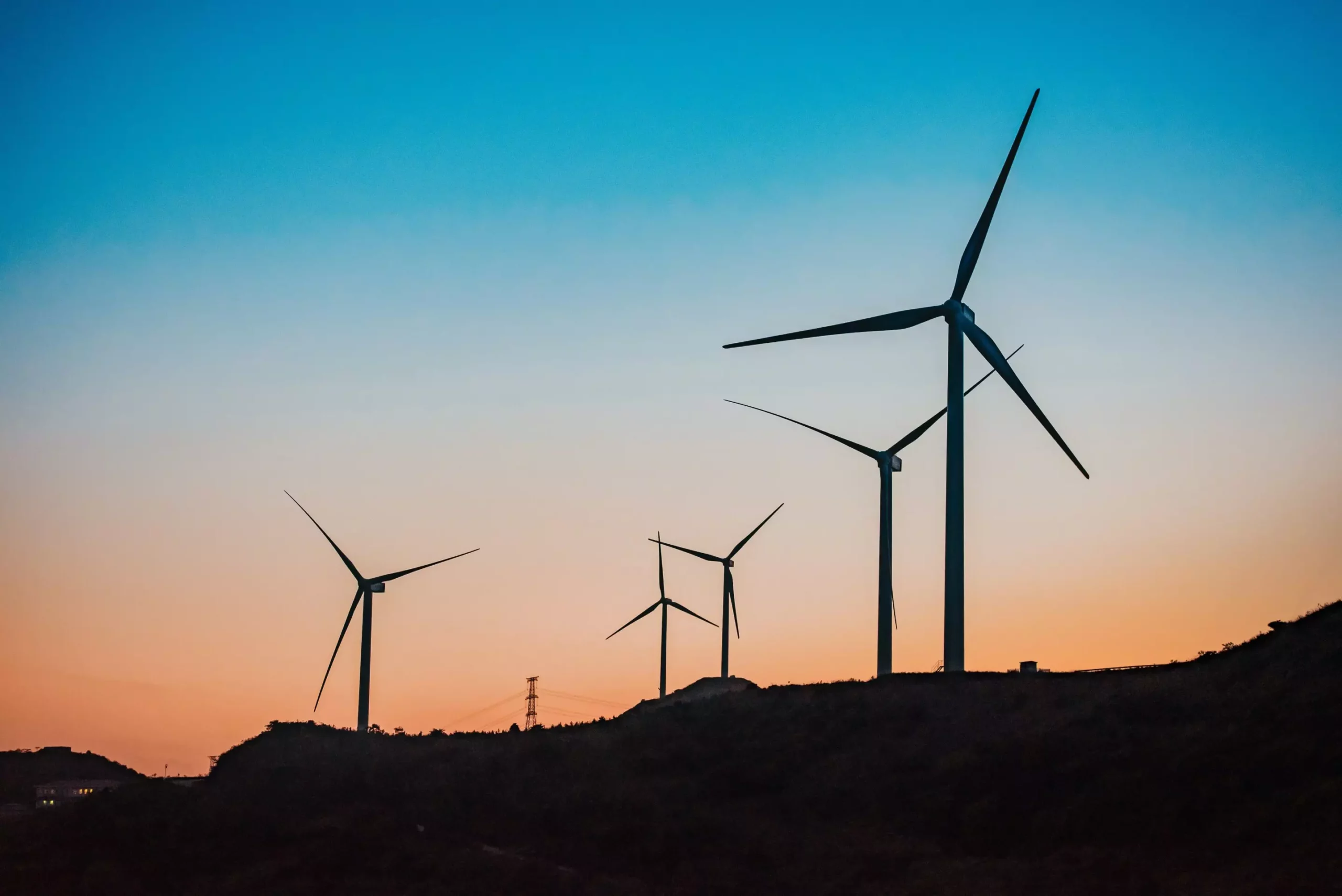The growing urgency of the climate crisis has led nations around the world to reconsider their reliance on fossil fuels and accelerate the transition to renewable energy sources. However, despite decades of advocacy and investment in renewable technologies, many countries, including Australia, remain overly dependent on coal and gas. The pathway to a renewable energy future is not solely a matter of energy generation; the complexities of infrastructure development and public consensus present significant hurdles that must be addressed to facilitate a widespread transition.
One of the most pressing challenges in the shift to renewable energy is the need to develop a robust energy transmission infrastructure. In Australia, it has been estimated that approximately 10,000 kilometers of new transmission lines are required to connect remote renewable energy farms to urban areas. This distance highlights the geographical divide typically seen in renewable energy installations, which tend to be situated in rural areas with abundant natural resources such as sunlight and wind. The result is a mismatch between where energy is produced and where it is consumed.
Efficient energy storage solutions also remain essential. Unlike fossil fuel power stations, which provide a consistent energy supply, renewable sources like wind and solar produce energy intermittently. This variability necessitates a system capable of storing excess energy generated during peak production times for later use. The Australian Energy Market Operator has advocated for large-scale battery storage solutions paired with flexible gas generation facilities to provide a stable energy supply even when renewable sources are at their lowest output.
In 2022, Australia witnessed a notable reduction in renewable energy investments, attributed to various factors. Local communities often voice concerns regarding infrastructure projects, particularly new transmission lines that cross their land. Furthermore, the regulatory environment plays a critical role; planning approvals and environmental assessments can slow down the progress of new energy initiatives. Consequently, the duration and complexity of obtaining necessary permissions can deter both government and private investment.
Beyond local opposition, the global market dynamics also pose challenges. There is increasing competition for skilled labor in clean technologies, including engineers and electricians, as well as in securing raw materials necessary for renewable energy projects. Infighting within local governments and various stakeholders can further compound these issues, leading to stagnated progress in transitioning to cleaner energy.
Examining the global landscape reveals that Australia is not alone in its struggles. The International Energy Agency reports that the average time to build new electricity grid infrastructure is approximately ten years, a timeframe consistent across both Europe and the United States. In response to these challenges, the European Union implemented legislation in 2022 aimed at expediting the clean energy transition. This legislation prioritizes renewable energy projects in the event of conflict with local interests, attempting to fast-track necessary permits for renewable generation, grid investments, and energy storage.
Germany has taken more definitive steps by streamlining its planning and approval processes for renewable energy projects. Financial incentives for communities involved in these initiatives have also been introduced to foster greater collaboration. However, while such approaches may accelerate the energy transition, they carry the risk of igniting significant backlash from communities which can ultimately destabilize support for such initiatives.
Conversely, the United States adopted a different approach with the Inflation Reduction Act, which emphasizes green stimulus over regulatory burdens. This legislation offers substantial financial backing—approximately $600 billion—in grants and tax credits to spur investments in green technologies and infrastructure. However, even with such incentives, the U.S. still grapples with the necessity of building new transmission lines, prompting streamlined federal approval processes to mitigate bureaucratic lag.
In stark contrast, China has made remarkable headway in reducing emissions and investing in renewable energy technologies. The nation’s impressive capacity growth for solar and wind energy—rising from a mere 3.4 gigawatts of solar in 2012 to an astonishing 610 gigawatts by 2023—has positioned it as a leader in renewable energy and manufacturing. China’s centralized government structure aids in the rapid deployment of infrastructure projects, often sidestepping lengthy planning processes that burden democratically governed nations.
Nevertheless, it’s important to recognize that the efficacy of these rapid developments may come at a cost to local communities, whose grievances and environmental concerns are often overlooked. Additionally, the Chinese approach highlights the balance between swift transitions and the societal impacts that such transitions can entail.
Ultimately, the path towards an expansive and effective renewable energy sector will require a delicate balance between climate action and community support. Policy frameworks that prioritize public engagement and education about the benefits of renewable energy can play a pivotal role in fostering local acceptance. For instance, initiatives like Victoria’s Transmission Investment Framework place communities at the forefront, allowing residents to understand their stake and the long-term advantages of participating in clean energy projects.
Transitioning to renewable energy is undoubtedly complex, riddled with obstacles ranging from regulatory challenges to the need for societal consensus. However, these challenges, while formidable, are not insurmountable. By applying lessons from both international experiences and local community engagement, countries can chart a course towards a sustainable, equitable, and cleaner energy future. As nations confront the dire implications of climate change, the commitment to coordinated, inclusive, and strategically planned energy transitions is not just advisable; it is imperative.

